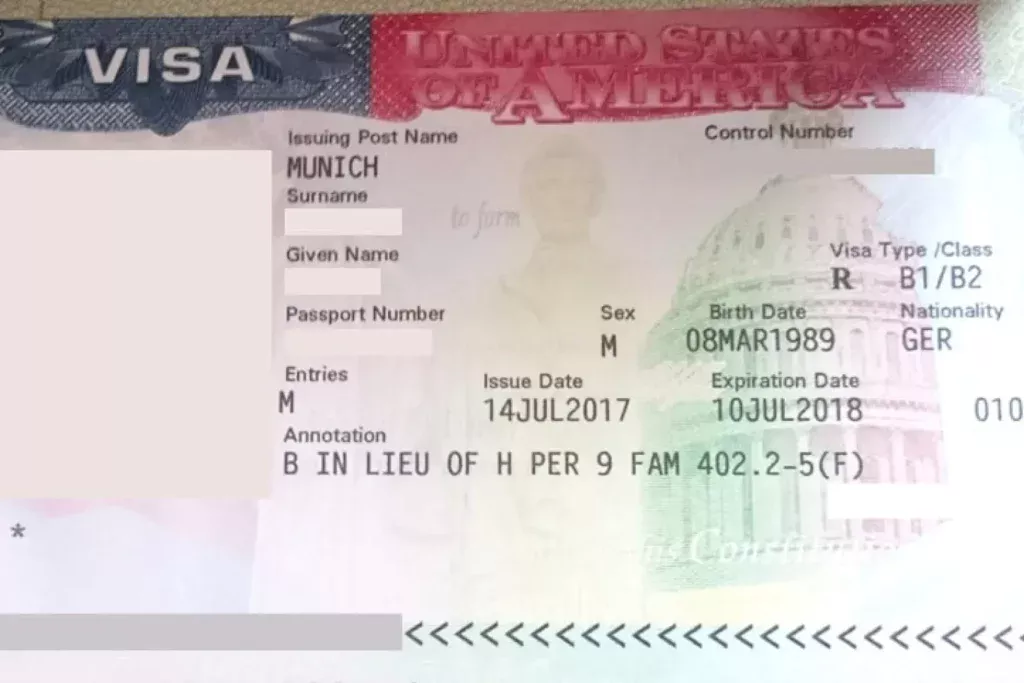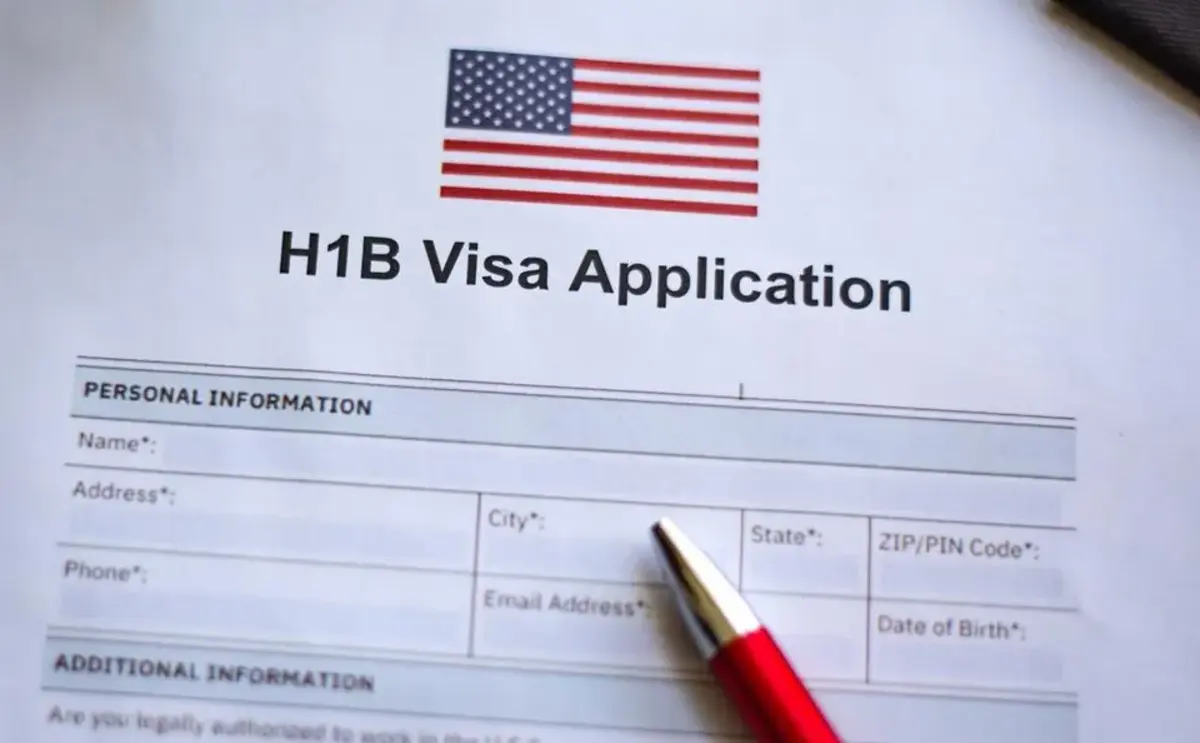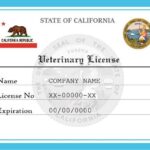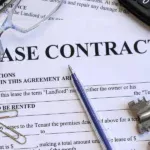The H-1B visa is one of the most sought-after work visas for professionals looking to work in the United States. It enables U.S. companies to hire skilled foreign workers in specialized fields such as IT, engineering, finance, healthcare, and education.
However, the H-1B visa application process can be complex, involving multiple steps and strict timelines. This guide will walk you through the entire process, providing clear steps, key requirements, and practical tips to successfully apply for an H-1B visa.
1. What Is an H-1B Visa?
The H-1B visa is a non-immigrant visa that allows U.S. companies to employ foreign workers in specialized occupations requiring theoretical or technical expertise. The visa is typically granted for an initial period of three years, with the possibility of extension up to six years. The H-1B program is overseen by the United States Citizenship and Immigration Services (USCIS), and each fiscal year, a limited number of visas (currently 85,000) are made available.
2. Eligibility Requirements for the H-1B Visa
Before diving into the H-1B visa application process, it’s important to understand the key eligibility criteria for applicants:
- Job Requirement: The job must require specialized knowledge, often defined as a bachelor’s degree or higher in a specific field.
- Educational Qualification: The applicant must hold a relevant degree (typically a bachelor’s or higher) in a specialized field related to the job being offered.
- Employer-Sponsored: The application must be filed by a U.S. employer who has offered a job to the foreign worker. Individuals cannot self-apply for an H-1B visa.
- Labor Condition Application (LCA): The employer must file an LCA with the Department of Labor (DOL) to ensure that hiring the foreign worker will not adversely affect the wages or working conditions of U.S. employees.
3. Step-by-Step H-1B Visa Application Process
Step 1: Secure a Job Offer from a U.S. Employer
The H-1B process begins with securing a job offer from a U.S. employer. The employer must be willing to sponsor the applicant’s H-1B visa and comply with all requirements set forth by the USCIS. The job must meet the qualifications for a specialty occupation, and the employer should be aware of the salary and legal obligations tied to hiring an H-1B worker.

Step 2: Employer Files the Labor Condition Application (LCA)
Once a job offer has been extended, the U.S. employer must submit a Labor Condition Application (LCA) to the Department of Labor. The LCA ensures that the foreign worker will receive wages and benefits equivalent to those of U.S. workers in similar positions. The DOL reviews the application to ensure that hiring the foreign worker will not negatively impact the U.S. job market.
- Key Points of the LCA:
- Wages offered must meet or exceed the prevailing wage.
- Working conditions must be consistent with those of similar U.S. employees.
The LCA approval typically takes seven to ten business days.
Step 3: File Form I-129 (Petition for a Nonimmigrant Worker)
After receiving LCA approval, the employer must file Form I-129 with the USCIS. This form is the official petition for the H-1B visa. It includes supporting documents such as the approved LCA, proof of the applicant’s educational qualifications, and a detailed description of the job.
- Key Requirements:
- Filing Fee: Employers must pay the required filing fees, which can range from $460 to $2,500 depending on the company size and visa type.
- Supporting Documents: The employer must provide evidence of the job’s specialized nature and the worker’s qualifications.
Step 4: Participate in the H-1B Lottery (If Applicable)
The H-1B visa is subject to an annual cap of 85,000 visas, including 20,000 set aside for workers with advanced degrees from U.S. institutions. If the number of H-1B petitions exceeds the cap, USCIS runs a lottery system to randomly select petitions for processing.
- Lottery Timing: The lottery typically takes place in early April, with the fiscal year starting on October 1st.
- Exemptions: Some employers, such as universities or nonprofit research institutions, are exempt from the cap.
Step 5: Wait for USCIS Processing and Decision
Once selected in the lottery, USCIS will begin processing the H-1B petition. Regular processing times can take several months, but employers can opt for premium processing, which guarantees a decision within 15 calendar days for an additional fee.
- Request for Evidence (RFE): USCIS may issue an RFE if more information is needed to make a decision. Employers should respond promptly to avoid delays.
- Approval or Denial: If approved, the worker can begin employment on or after October 1st of the fiscal year. If denied, the employer or applicant may explore other options, including appealing the decision or reapplying in the next fiscal year.
4. After H-1B Approval: Next Steps
Once the H-1B petition is approved, the foreign worker must obtain an H-1B visa stamp from a U.S. consulate in their home country (if they are outside the U.S.). This requires attending a visa interview, submitting relevant documentation, and proving ties to their home country.
- Visa Stamping Process:
- Interview Appointment: Schedule a visa interview at a U.S. embassy or consulate.
- Documents Required: Passport, Form I-797 (H-1B approval notice), job offer letter, LCA, educational documents, and more.
- Consular Decision: Upon approval, the consulate will stamp the H-1B visa in the applicant’s passport, allowing them to travel to the U.S.
5. Maintaining H-1B Status and Extensions
After arriving in the U.S., the worker must maintain H-1B status by adhering to the terms of their employment. Employers may extend the H-1B visa beyond the initial three years, up to a maximum of six years.
- Extensions: File an extension petition (Form I-129) with USCIS before the visa expires.
- Green Card Process: Many H-1B holders apply for permanent residency (green card) while on H-1B status, often through employment-based categories.
Key Takeaways
- The H-1B visa is a temporary work visa for specialized workers sponsored by U.S. employers.
- The H-1B visa application process involves several steps, including securing a job offer, filing the LCA, submitting Form I-129, and possibly participating in a lottery.
- Workers must maintain H-1B status throughout their employment and can apply for extensions and green cards as needed.

FAQs about the H-1B Visa Application Process
The selection rate varies year by year based on the number of petitions filed. In recent years, the odds have ranged from 25% to 35%.
No, the H-1B visa requires a U.S. employer to file the petition on behalf of the foreign worker.
Regular processing can take several months. Premium processing, if selected, guarantees a decision within 15 days.
If denied, the employer may appeal the decision or reapply in the next fiscal year.
Spouses of H-1B visa holders can apply for work authorization (EAD) under certain conditions, such as if the H-1B holder is pursuing a green card.
Yes, but the new employer must file a new H-1B petition. The worker can begin working for the new employer once the petition is filed, even before it’s approved.
Read More: Will OH Partners Need H1B Visa Sponsorship?
============================================
For readers seeking additional information on the H-1B visa application process, here are some authoritative external sources:
- U.S. Citizenship and Immigration Services (USCIS) – Provides official information on the H-1B visa process, eligibility, and application requirements.
- Official Website: USCIS H-1B Page
- U.S. Department of Labor (DOL) – Offers guidance on the Labor Condition Application (LCA), which U.S. employers must submit when hiring H-1B workers.
- Official Website: DOL H-1B Program
- U.S. Department of State – Contains information on the visa stamping process and how to schedule an interview at a U.S. embassy or consulate.
- Official Website: U.S. Department of State – H Visas
These sources will help guide you through the official steps and requirements for the H-1B visa application process.










